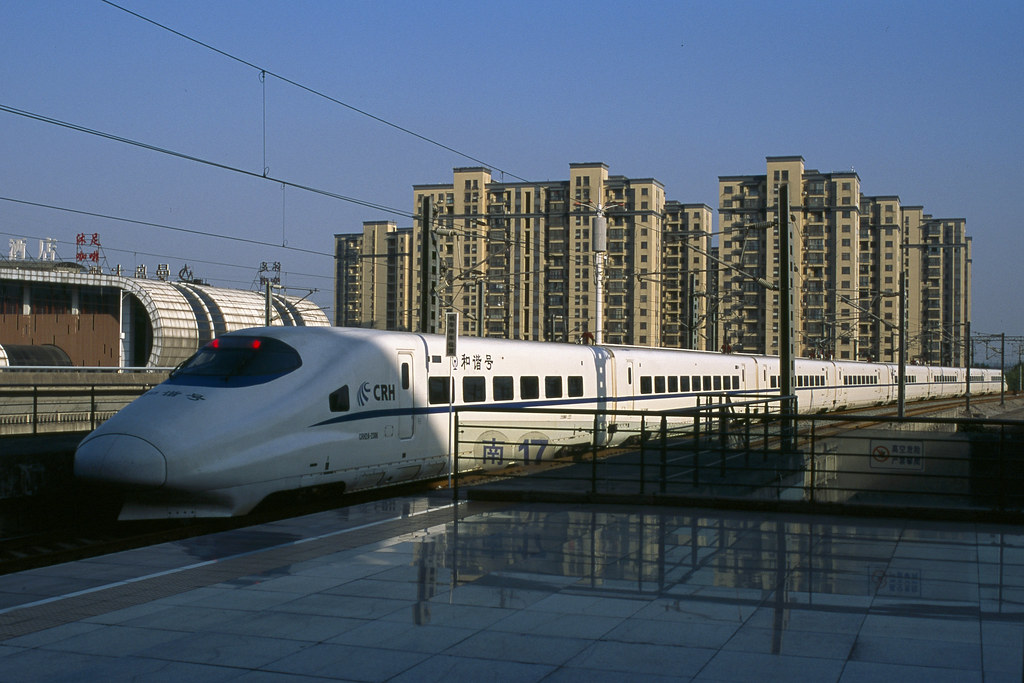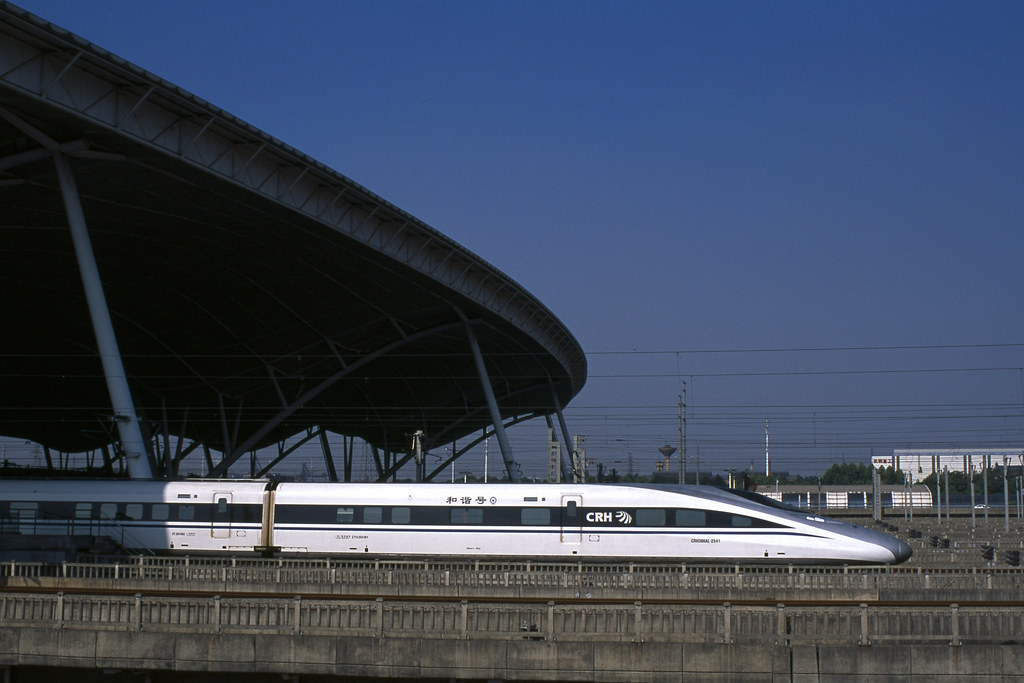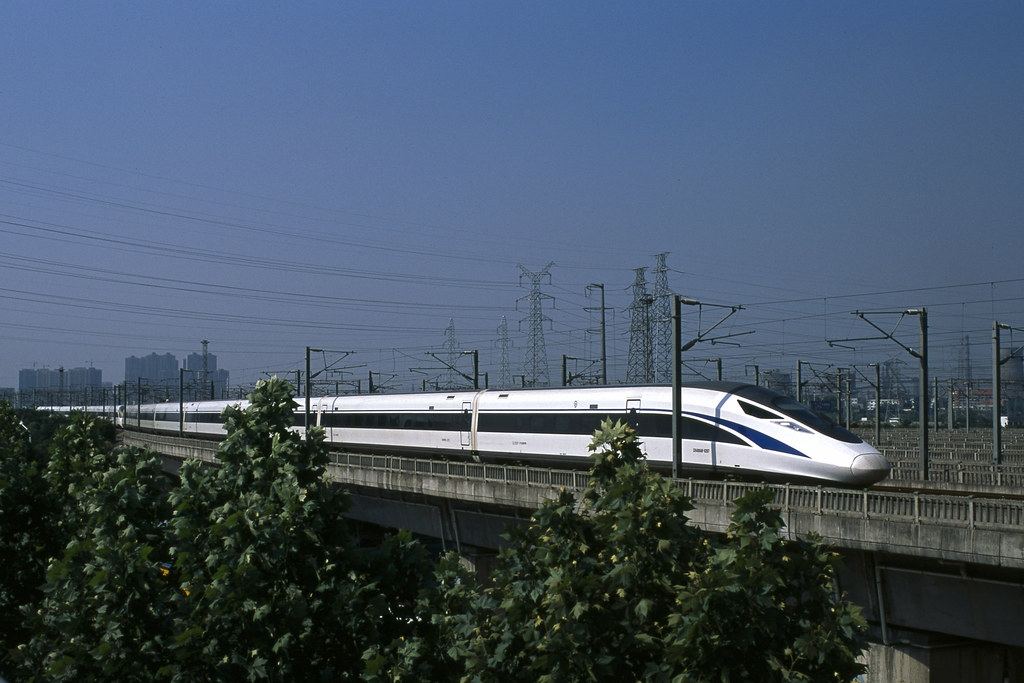So I am spending my summer back home in China, and I have brought some film and my ME Super with me. I am in the process of finding a good photo lab. I have just had my first roll of Portra 800 returned from one of the candidates. That lab used automatic C-41 minilab and Fuji SP-3000 scanner, and returned TIFF files. However, the scans of my Portra 800 seems to be off in color. I am posting the originals and the best-effort adjustments I have made in DxO for some opinion.
Original:

Adjusted:

Original:

Adjusted:

I am also looking into another lab, and have sent them a roll of Provia 100F waiting for results. One of their advantages is their choice of scanners (obviously some of them are more expensive to use). However I do not know any of them, and I also need some opinions:
- Fuji SP-3000 (cheapest, 3000x2000 JPEG or 4600x3050 BMP)
- Noritsu QSS3233 (same price as Fuji, 3000x2000 or 5000x3350 TIFF)
- Plustek OpticFilm 120 (decently expensive, unknown format, probably TIFF)
- Hasselblad X5 (pretty damn expensive, 3000x2000 or 4400x3000, FFF raw format for negatives or TIFF for slides)
Sincerely


 Similar Threads
Similar Threads 
















 Post #2 by pathdoc
Post #2 by pathdoc








